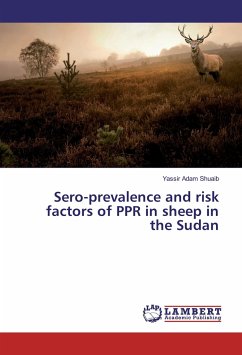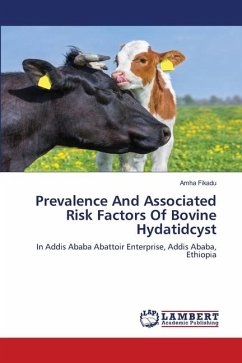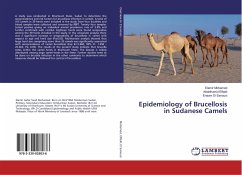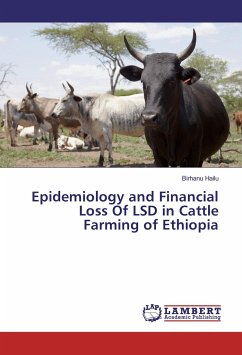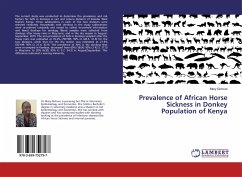Lumpy skin disease (LSD) is an economically devastating emerging viral disease of cattle caused by a virus associated with the Neethlig poxvirus in the genus Capripoxvirus of the family Poxviridae. A cross-sectional study was conducted from October, 2012 to May, 2013 in two districts of Western Wollega of Oromia Regional State, with the objectives to determine animal and herd level seroprevalence of lumpy skin disease and to assess the risk factors that contribute to the occurrence of lumpy skin disease. The study population comprised of indigenous and crossbred cattle. Multi-stage sampling method was applied to select cattle and herd owners for the interviews. Totally, 544 sera samples were collected from 252 herds and the serological test was conducted using indirect fluorescent antibody test (IFAT). An overall individual level sero-prevalence of 6.43% (n=35) and herd level seroprevalence of 5.95% (n= 15) were estimated. There was significant variation (P0.05) between the seroprevalence in Gimbi (4.41%) and Lalo Assabi (8.46%) districts at animal level.


